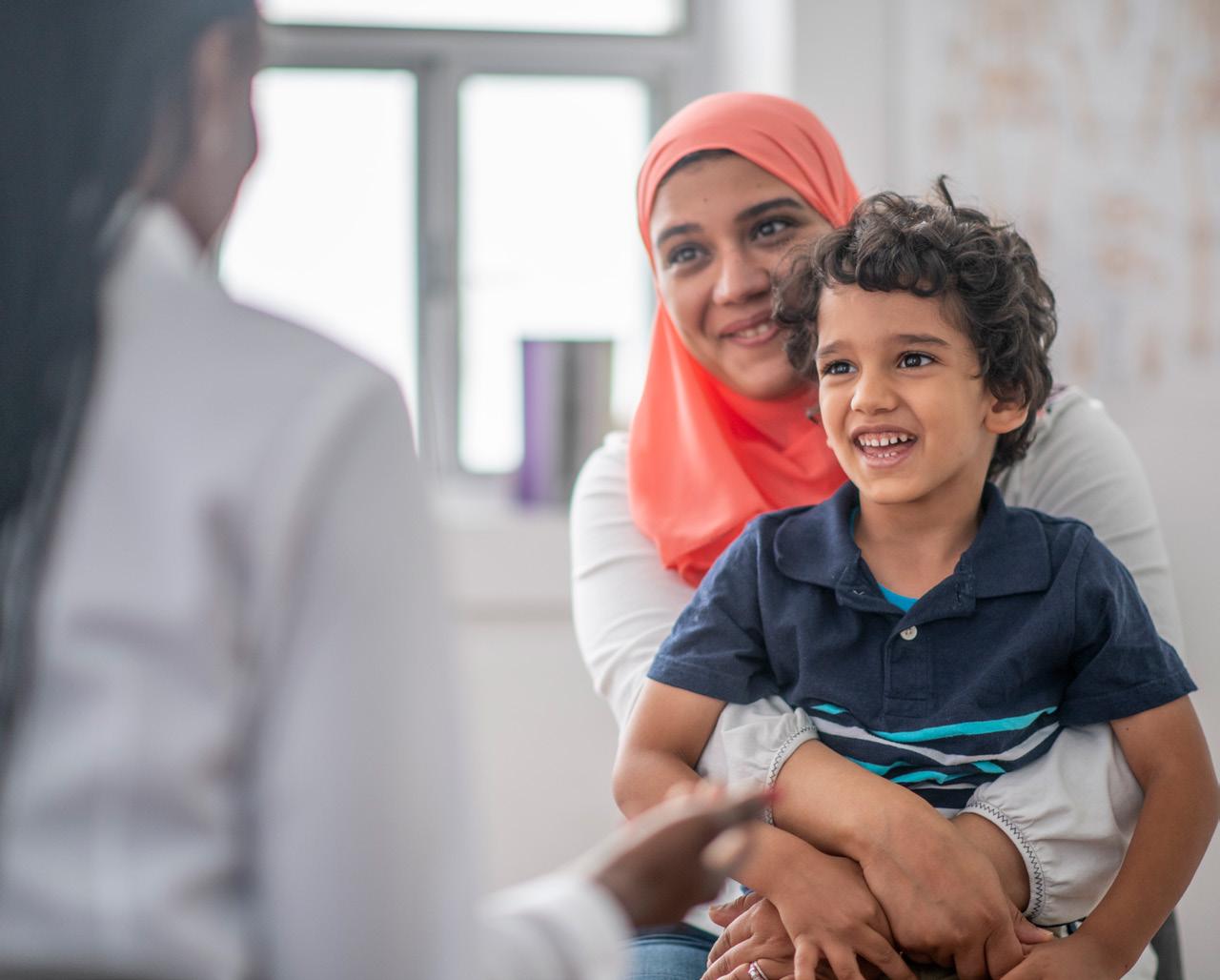ADVOCATE | SUPPORTER
ONCOLOGIST Fifteen years after starting down his chosen path as a radiation oncologist, Dr. Nelson Leong reflects on the many and varied facets of his role
Fifteen years ago, Dr. Nelson Leong was introduced to the field Q: In your practice you meet people at one of the most frightening of radiotherapy at his medical school’s sole lecture on the top- points in their life. What roles does that require you to play besides ic. Captured by the promise of a field that combined physics physician? and cutting-edge technology, while still affording patient re- That’s a really nuanced question. It’s true that I’m privileged lationships with direct patient contact and continuity of care, to be invited into a part of patients’ lives that most aren’t Dr. Leong had found his calling. Since beginning his career in privy to. I do truly believe that a physician’s role extends beyond the stereotyped view solely of a provider of medical radiation oncology with the Saskatchewan Cancer Agency in expertise and its associated paperwork. 2013, his chosen path has shown itself to encompass even On a daily basis, I find myself channeling any number of my more than he first expected. The SMA spoke with Dr. Leong to colleagues and allied health-care workers. For example, I’ve hear his experience and learn about the many roles he plays as often been in the position where I’ve needed to deliver bad news to a patient and their family. I’m blessed to have a fana physician who cares for those living with cancer. Dr. Leong practises at the Allan Blair Cancer Centre in Regina. Originally from Calgary, he completed his medical school and residency in Edmonton, and did a fellowship in breast and genitourinary malignancies at the B.C. Cancer Agency.
28
SMA DIGEST | FALL 2020
tastic multidisciplinary team including social workers, nurses and other allied workers where we can each play to our individual strengths and look to each other as resources. During these difficult times, I often find myself putting on a number of their hats – and imagining what they would do if they’re not present – to help present education, support, and planning for my patients.
















